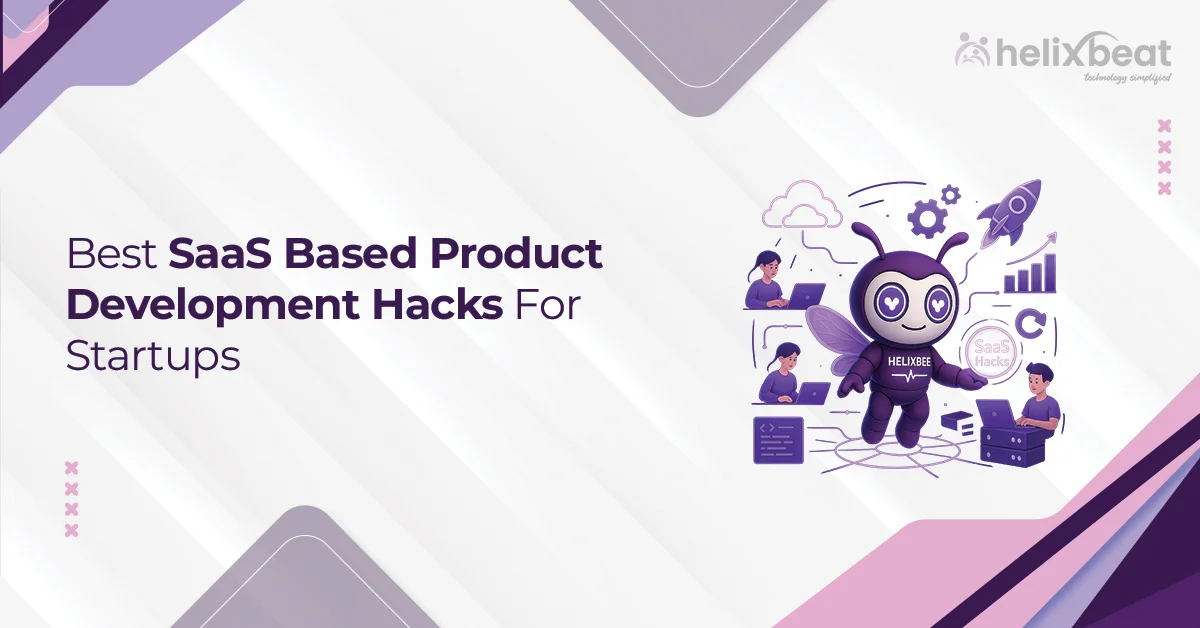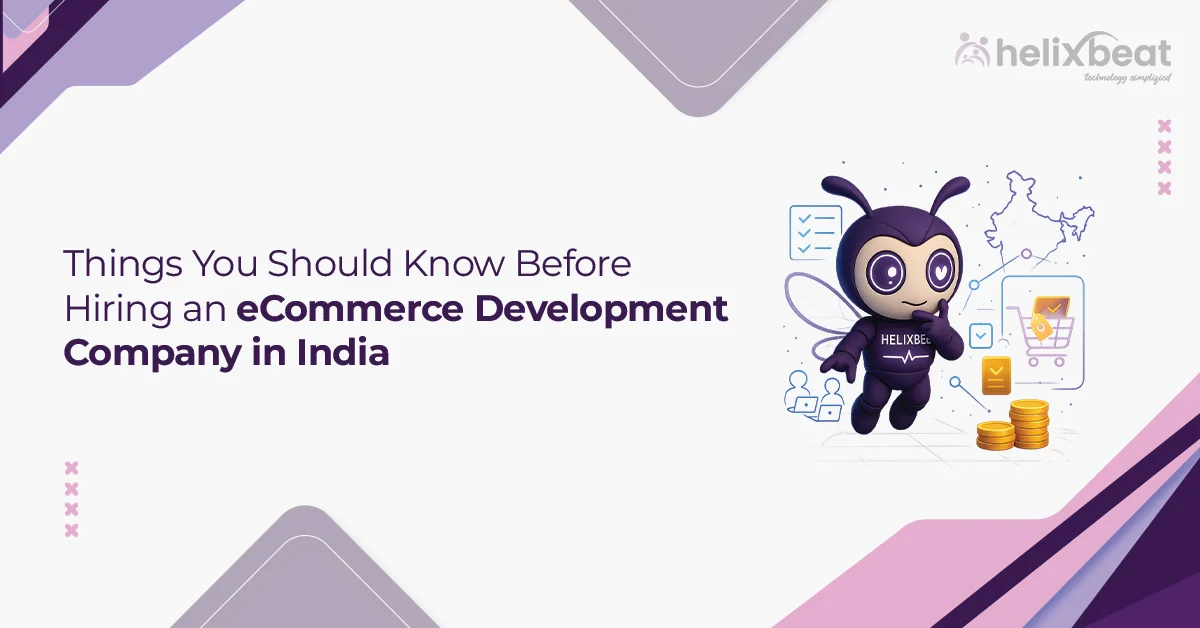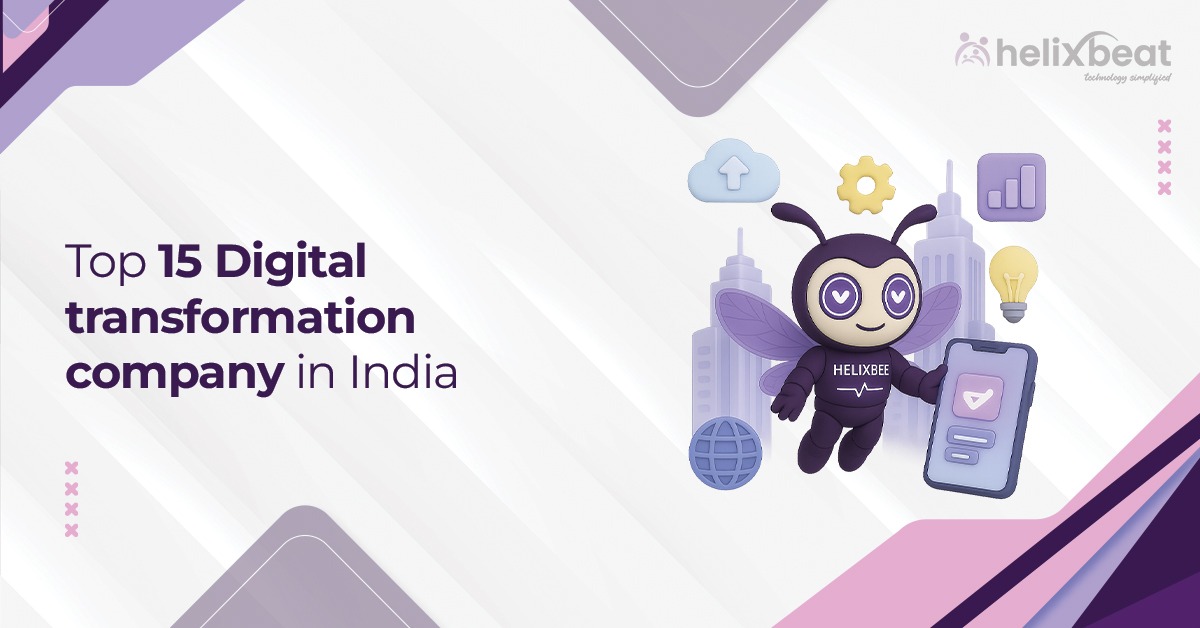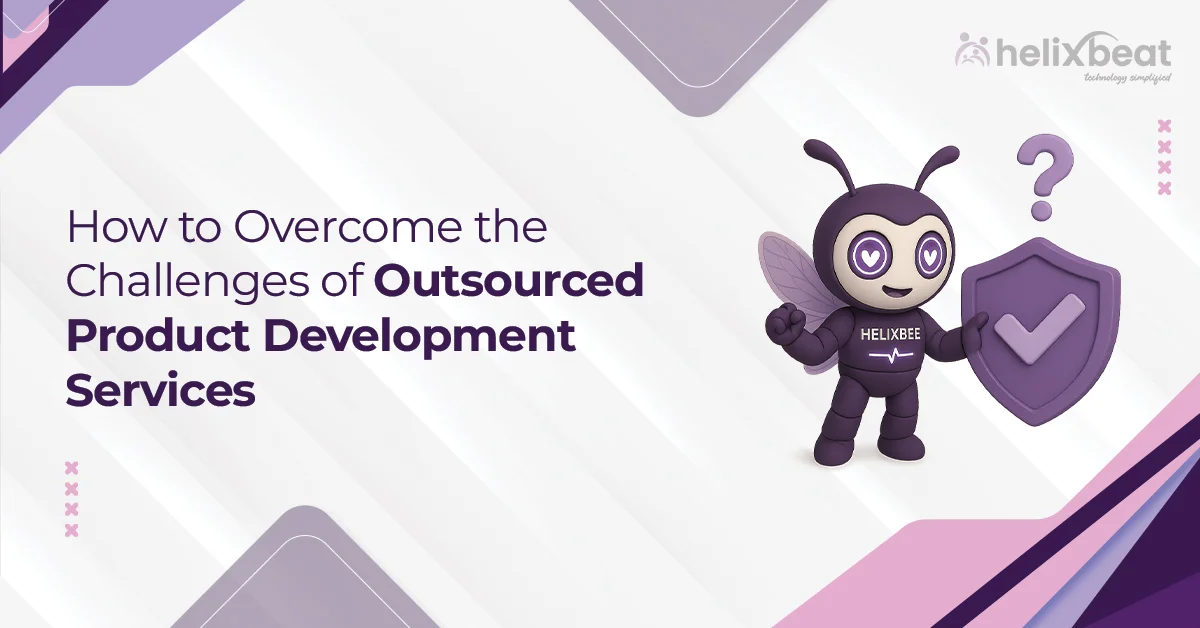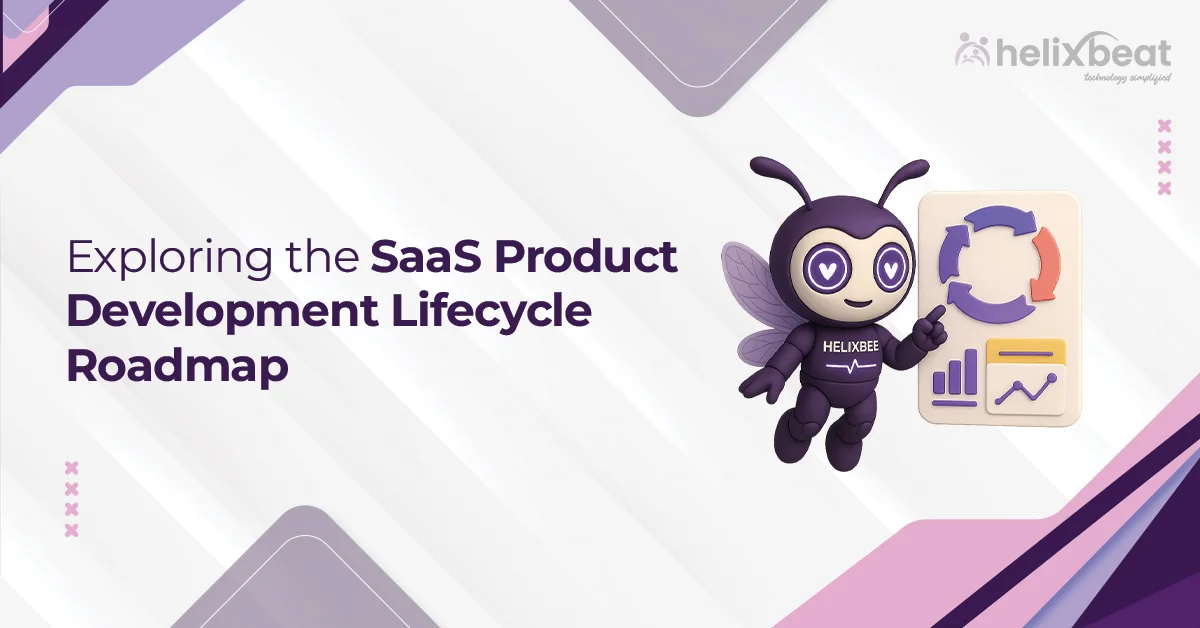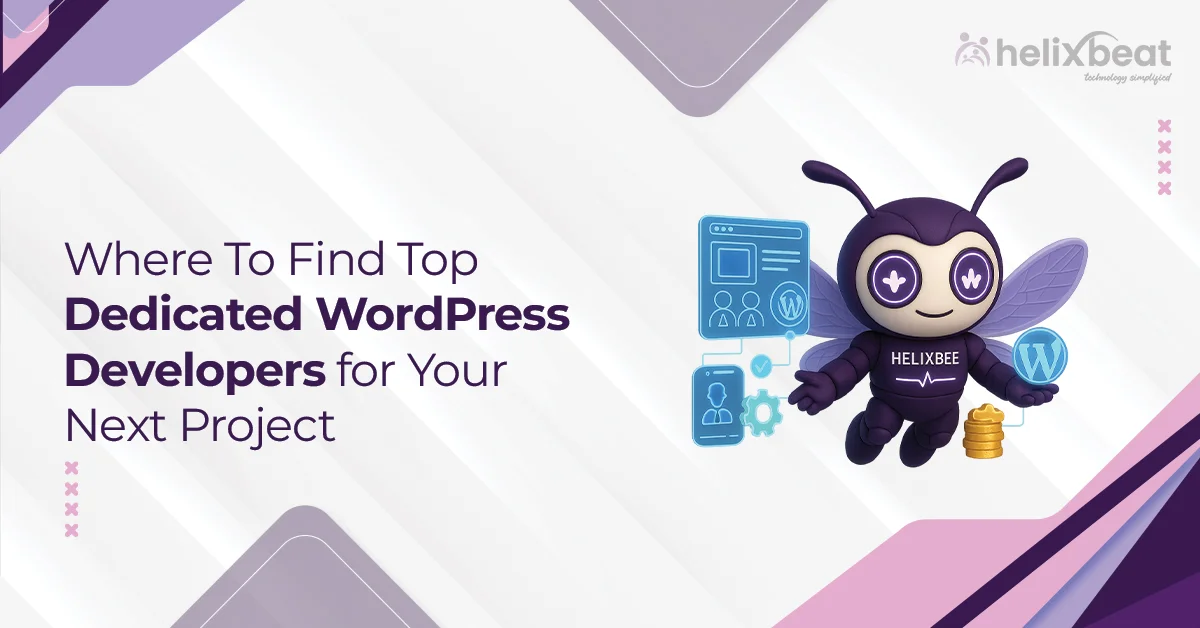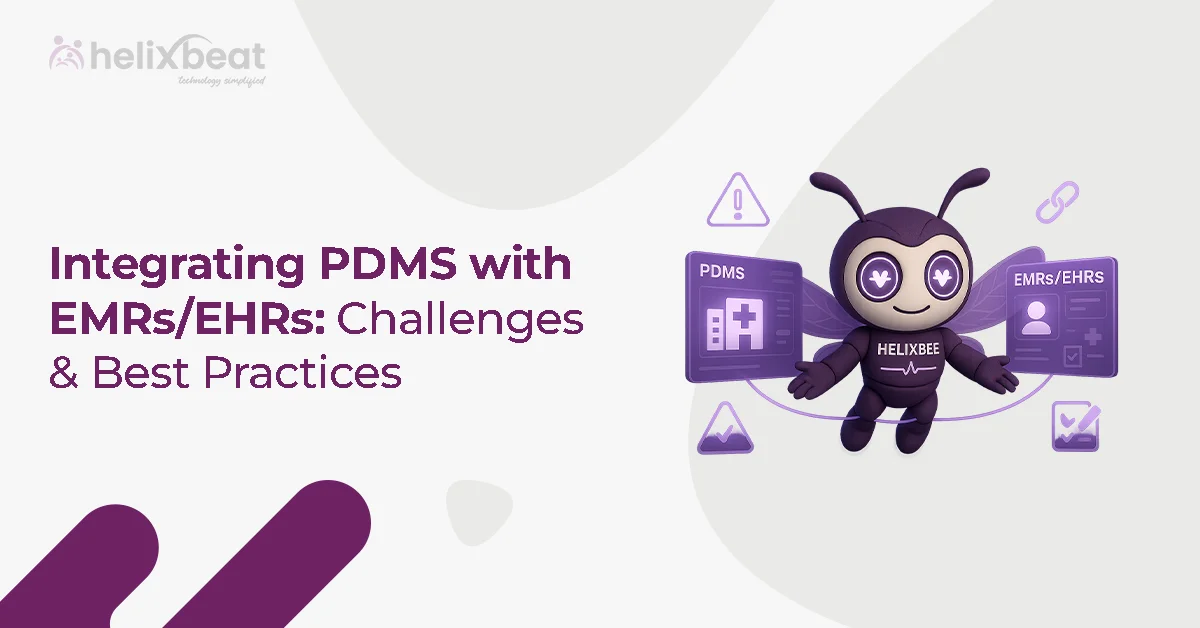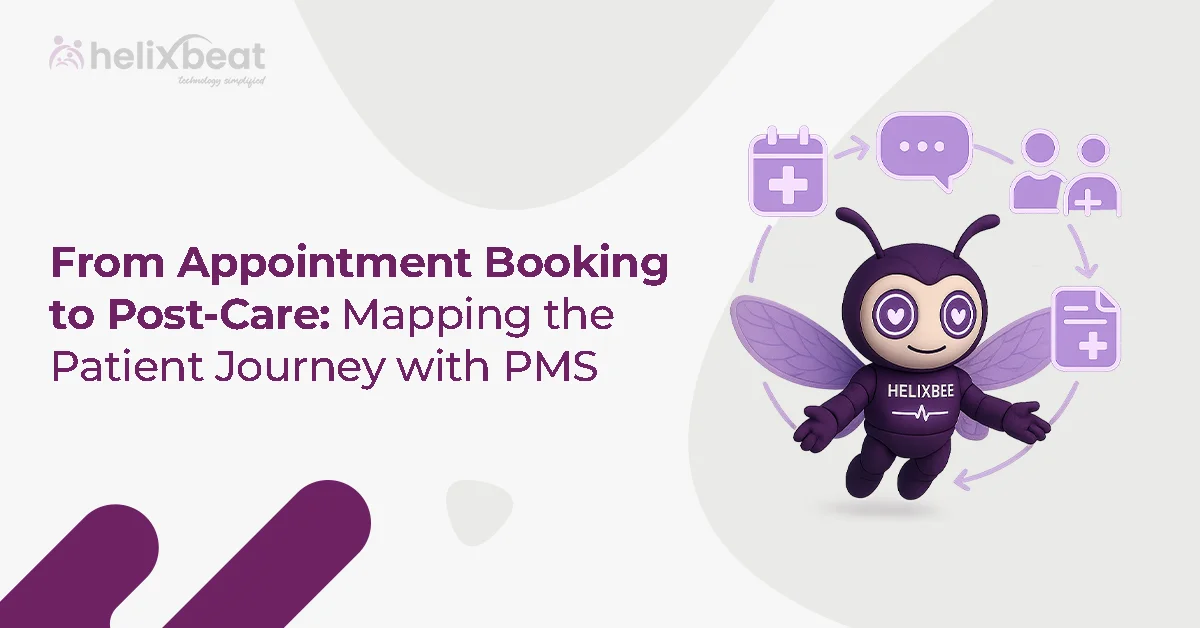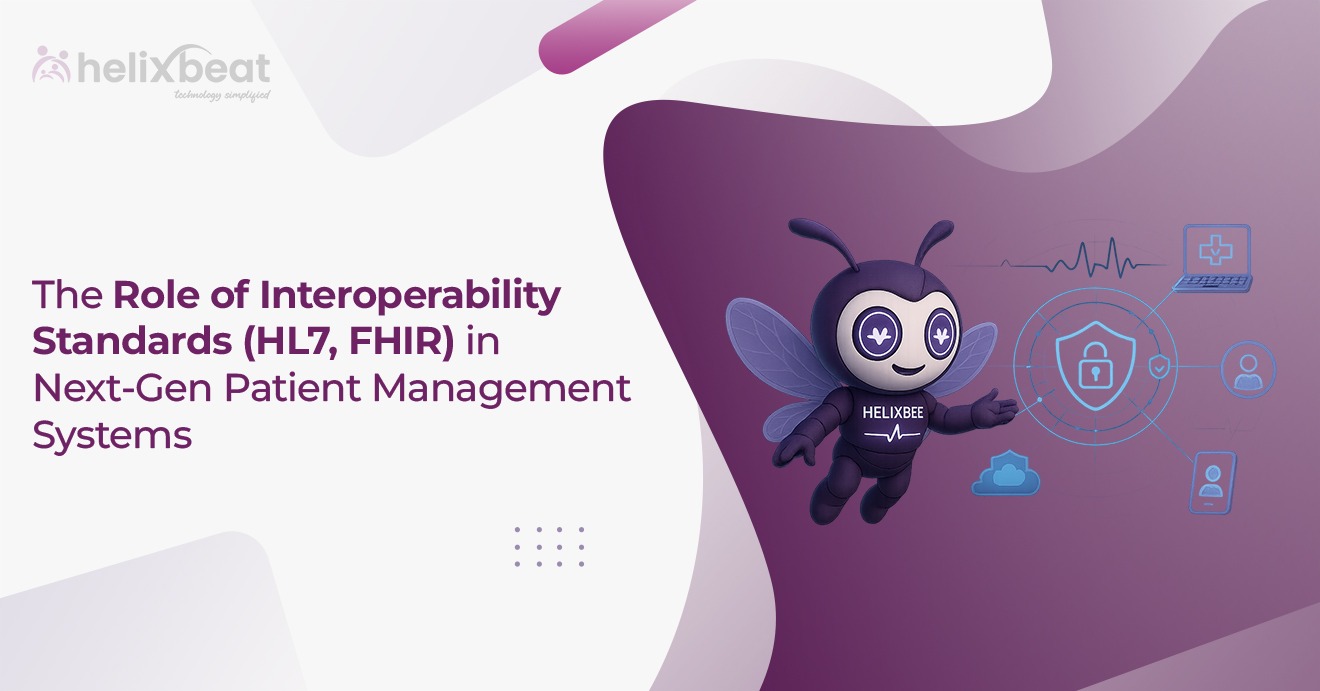Studies show that 40% of users will stop using a SaaS product after just one bad experience, and 70% will leave within the first 90 days. With such high dropout rates, keeping customers is crucial. In fact, improving retention by just 5% can increase profits by up to 25%, according to Bain & Company.
In this competitive market, the 3-second UI rule is key. It means users should understand your product’s value within the first few seconds of using it. For SaaS development services, focusing on user experience is now essential for long-term success. For SaaS development, focusing on user experience is now essential for long-term success.
Here, we’ll explain how this principle led to a 25% increase in our own customer retention and how applying this in SaaS application development can significantly improve user satisfaction and loyalty.

Table of Contents
Overview on SaaS UX Design
SaaS UX design focuses on creating intuitive, user-friendly experiences that enhance how users interact with a platform. It involves streamlining the user journey, from easy onboarding to smooth navigation and task completion. A well-designed SaaS platform ensures key features are accessible, minimizing friction and improving user satisfaction.
Effective UX design directly impacts customer retention. A simple, efficient interface keeps users engaged and encourages long-term use. In the competitive SaaS market, great UX can be the key factor in retaining users and standing out from the competition.
For a SaaS development company, prioritizing user experience is key to delivering a product that meets functional needs while providing a seamless, enjoyable experience.
Why UX is Important for SaaS Retention?
User experience (UX) is critical for SaaS retention, directly influencing user satisfaction, engagement, and platform value. In SaaS, where retention drives recurring revenue, a seamless UX can reduce churn and increase customer lifetime value (LTV). Research shows that improving UX can boost customer retention by up to 50%.
1. Onboarding Efficiency
A smooth onboarding process is essential for initial user engagement. Studies reveal that 86% of users are more likely to stay if the onboarding experience is clear and intuitive. Complex onboarding increases churn by up to 23% within the first month.
For a SaaS development company, optimizing the onboarding experience is crucial to retaining users right from the start.
2. Usability and Navigation
Clear, intuitive navigation enhances usability. A study by Nielsen Norman Group found that 94% of first impressions are design-related, and users are 5 times more likely to abandon a platform if navigation is confusing.
For any SaaS development team, making easy and intuitive navigation is key to keeping users engaged.
3. Performance and Speed
Speed is a key factor in retention. Amazon found that every 100ms of latency reduces sales by 1%. Optimizing performance can significantly reduce abandonment rates, improving user engagement and retention.
In SaaS development, keeping fast load times and responsive features directly impacts user retention.
4. Personalization
Personalized UX boosts engagement. According to Epsilon, 80% of users are more likely to purchase from a brand offering personalized experiences. Personalization drives higher usage frequency, increasing the likelihood of long-term retention.
5. Error Prevention and Recovery
A well-designed error recovery process minimizes frustration. Research by Forrester shows that 73% of customers would leave a service due to poor error handling, highlighting the importance of error prevention and clear recovery options.
For SaaS development, creating effective error handling and recovery systems is vital to improving user experience and retention.
In short, UX design directly impacts SaaS retention. By improving onboarding, usability, performance, personalization, and error handling, SaaS platforms can reduce churn and improve user satisfaction, leading to long-term business success.
Main Principle of SaaS UX Design
The core principle of SaaS UX design is to create user-centered experiences that prioritize efficiency, usability, and engagement. Below are the key principles that drive effective SaaS UX, especially in the context of SaaS application development:
- Simplicity and Clarity: Streamlining user flows and reducing clutter enhances usability. Progressive disclosure ensures users focus on immediate tasks, improving task efficiency without overwhelming them.
- Consistency: Consistent design elements (e.g., color schemes, buttons) reduce cognitive load and make the interface predictable. A design system ensures uniformity across the platform.
- Responsive Design: The interface should be fluid and adaptable across devices using fluid grids and media queries, ensuring a seamless experience on both mobile and desktop.
- User Feedback and Microinteractions: Microinteractions and real-time feedback (e.g., button animations, error messages) reassure users, guiding them through the platform and improving user confidence.
- Data-Driven Design: User analytics and A/B testing provide insights into user behavior, helping refine the design for better engagement and retention.
- Scalability and Flexibility: A modular design system allows the SaaS platform to scale and adapt as new features are added, maintaining a consistent user experience.
In short, SaaS UX design should be intuitive, simple, and responsive, ensuring long-term user satisfaction and retention.
Low-Quality vs High-Quality SaaS UX Design: What’s the Difference?
High-quality SaaS UX design improves usability and user engagement, while low-quality design leads to frustration and churn. Investing in SaaS application development services focused on superior UX ensures a better user experience and higher retention.
| Aspect | Low-Quality SaaS UX Design | High-Quality SaaS UX Design |
| Navigation | Confusing or inconsistent navigation, hard to find key features. | Clear, intuitive, and consistent navigation, easy access to features. |
| Visual Design | Cluttered, inconsistent design, lack of visual hierarchy. | Clean, minimalist design with clear visual hierarchy and consistent branding. |
| Performance | Slow load times and unresponsive interface, leading to frustration. | Fast load times, responsive design, smooth interactions. |
| Mobile Responsiveness | Poor mobile compatibility, interface doesn’t adapt well on mobile devices. | Fully responsive design that works seamlessly across all devices. |
| Customization | Limited or no options for personalization. | Personalization options that allow users to tailor their experience. |
| Error Handling | Poor error messages, difficult to recover from mistakes. | Clear, actionable error messages with easy recovery options. |
| User Retention | High churn due to frustration, poor user experience. | Higher retention due to an engaging, seamless, and efficient experience. |
| Data Visualization | Overly complex or unclear data presentation. | Clear, interactive, and meaningful data visualizations. |
5-Step Process to Create Effective SaaS Design That Increases Customer Retention by 25%
Creating a user-friendly SaaS design is key to keeping your customers happy and engaged. Here’s a simple, 5-step process to help you improve your SaaS design and boost customer retention by 25%.
1. Understand Your Users and Build Personas
Start by learning about your target users. Conduct surveys, gather feedback, and observe how they interact with your platform. Use this information to create user personas fictional profiles representing your typical users.
These personas help you design a platform that meets their specific needs and challenges, which leads to higher satisfaction and retention.
2. Simplify Onboarding
The first time users interact with your SaaS platform is crucial. Keep the onboarding process simple and easy to follow. Guide users step by step, introducing them to key features without overwhelming them.
Research shows that a smooth onboarding experience can increase retention, as it helps users feel comfortable and confident right from the start.
3. Design for Speed and Efficiency
Users expect fast, responsive platforms. Slow loading times or unresponsive features can frustrate users and lead to them leaving. Optimize your platform to ensure it loads quickly and performs well.
Techniques like lazy loading and reducing the number of requests can help improve speed, which can significantly boost user satisfaction and retention.
4. Personalize the User Experience
Personalization makes users feel that the platform is tailored to their needs. Use data to understand user behavior and customize the experience accordingly.
For example, allow users to personalize their dashboards or receive content suggestions based on what they’ve done before. Personalization keeps users engaged and more likely to continue using your platform.
5. Collect Feedback and Improve Regularly
The design process doesn’t stop after launch. Gather feedback from users, run tests, and track user behavior to identify areas for improvement. Regularly update your platform based on this feedback to keep things fresh and relevant.
This shows users that you’re listening and constantly working to improve their experience, which builds trust and keeps them coming back.
By following these five steps understanding your users, simplifying onboarding, optimizing performance, personalizing experiences, and continually improving you can create a SaaS platform that users love and that keeps them coming back.
What Will Be the SaaS Design Trends for 2025?
As SaaS continues to evolve, user expectations are shifting, and design trends are becoming more focused on delivering personalized, seamless, and intuitive experiences. Here are the key SaaS design trends we can expect to see in 2025:
1. Minimalist and Clean Design
In 2025, simplicity will continue to be key. Minimalist design will dominate as users prefer clean, straightforward interfaces without unnecessary clutter. This trend focuses on delivering content and features in the most efficient way possible, using ample white space, subtle color schemes, and clear typography.
2. AI-Powered Personalization
Personalization will go beyond just user settings and preferences. With advancements in AI, machine learning will be integrated into SaaS platforms to deliver hyper-personalized experiences. This can include smart recommendations, adaptive interfaces, and content suggestions based on user behavior.
3. Advanced Data Visualizations
SaaS platforms will place more emphasis on data-driven decision-making, making data visualizations an essential part of the design. In 2025, expect more advanced, interactive dashboards that provide real-time insights in visually engaging formats.
4. No-Code and Low-Code Design Tools
As businesses demand faster development cycles, SaaS platforms will incorporate no-code and low-code design tools that allow users to customize their interfaces without needing technical expertise. This will empower non-technical users to adjust workflows, create custom forms, or add new features, all within an intuitive drag-and-drop interface.
Why Choose Helixbeat for Your Product Development Needs?
At Helixbeat, we specialize in delivering advances product development services customized to your business. Whether you need a SaaS solution, mobile app, or cloud-based system, our team is ready to bring your ideas to life. Here’s why you should partner with us:
- User-Centered Design: We create intuitive, engaging products focused on user needs.
- Agile Methodologies: Our flexible approach allows for faster delivery and real-time adjustments.
- Scalable Architecture: We build solutions that grow with your business.
- End-to-End Development: From ideation to deployment, we manage the entire product lifecycle.
- Quality Assurance: We ensure reliability, security, and performance through rigorous testing.
Choose Helixbeat as your SaaS development company to build high-quality, scalable, and future-ready products. Let us help you to achieve long-term success. Want to learn more? Contact Helixbeat for expert SaaS development solutions.
FAQ:
1. What is SaaS development with example?
SaaS development involves creating software delivered over the internet. An example is Trello, a project management tool accessible through a web app without installation.
2. What is a SaaS development company?
A SaaS development company specializes in creating and deploying cloud-based software applications, focusing on scalability, security, and user accessibility.
3. Short note on SaaS application development services
SaaS application development services include designing, building, and maintaining cloud-based software, ensuring scalability, security, and smooth user experience.
4. What is SaaS full form?
SaaS stands for Software as a Service, referring to cloud-based software accessed online via subscription.
5. What is SaaS business development?
SaaS business development involves strategies to grow a SaaS product, including acquiring new customers, forming partnerships, and expanding market reach.





